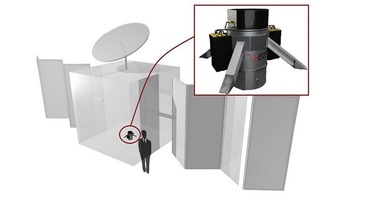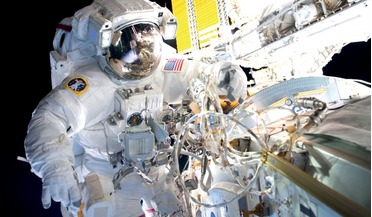 October 2015
Down to Earth: how to deorbit satellites and save money
October 2015
Down to Earth: how to deorbit satellites and save money
...and ultimately extends the satellite’s lifetime. The additional revenues would in turn cover the cost of the device and the extra weight present at launch. Then there is passivation. Satellites are required by international regulations to permanently...
 October 2018
Developing wearable technologies for space and Earth
October 2018
Developing wearable technologies for space and Earth
..., communications, and the interfaces to the wearer. Addressing these challenges will significantly advance the utility of wearable devices in space and on Earth. New flexible electronics and sensor systems are being developed that can be seamlessly...
 January 2020
Satellite-based IoT - the race is on
January 2020
Satellite-based IoT - the race is on
... second of global IoT space capacity is sufficient to serve the connectivity demands of around three billion asset tracking devices or around 600 billion smart meters. Incumbent SatCom operators like Iridium, which finished replacing its original...
 August 2016
High-resolution Earth observation data is changing the character of war
August 2016
High-resolution Earth observation data is changing the character of war
... with the rapid dissemination of technologies such as high-resolution Earth observation satellites, unmanned aerial vehicles, mobile devices such as smart phones, social media, and the emergence of big data and artificial intelligence are causing...
 22 January 2021
Russia develops instrument to search for precious metals on the Moon and Mars
22 January 2021
Russia develops instrument to search for precious metals on the Moon and Mars
... be able to determine the elemental composition of the surface in a strip about 30 centimetres wide,” Mitrofanov said. The unnamed device works by reading the energy spectra of particles that have emitted gamma radiation, with an board gamma-ray...
 February 2018
CubeSats changing the landscape for ‘app’ developers
February 2018
CubeSats changing the landscape for ‘app’ developers
... future updates would imply patching specific memory areas, though in the majority of cases it is developed for embedded devices that will never be updated again. When thinking of today’s flight software, one analogy to make is to compare it to the...